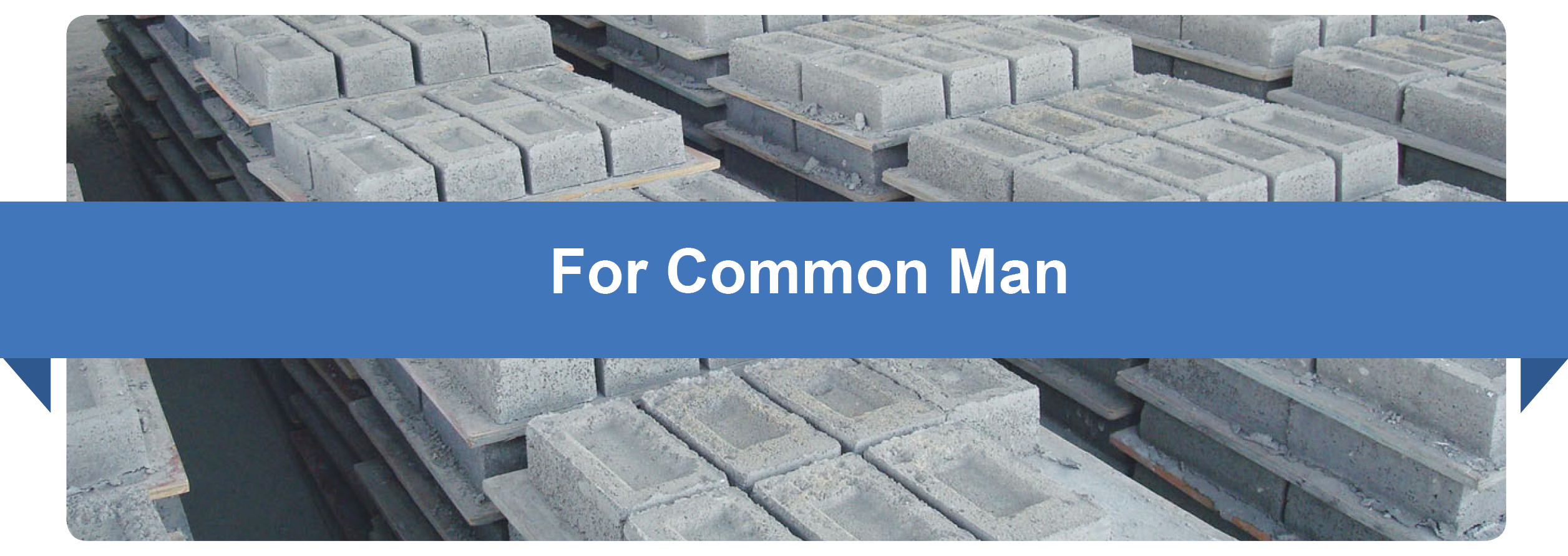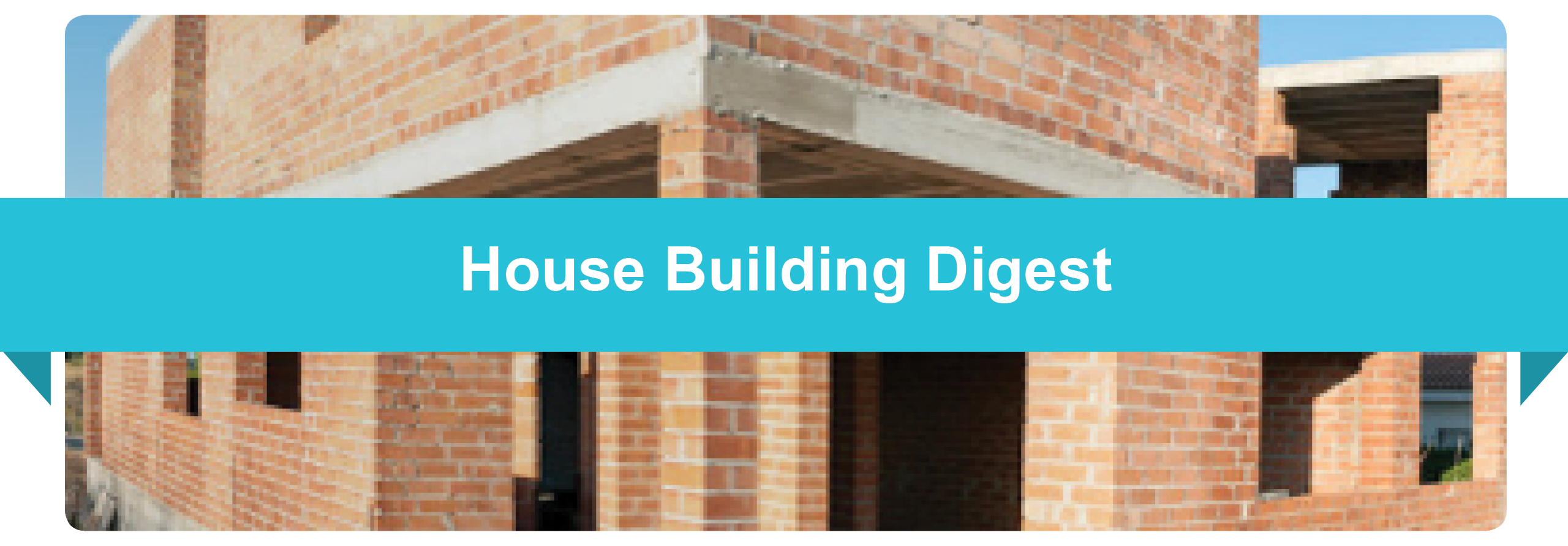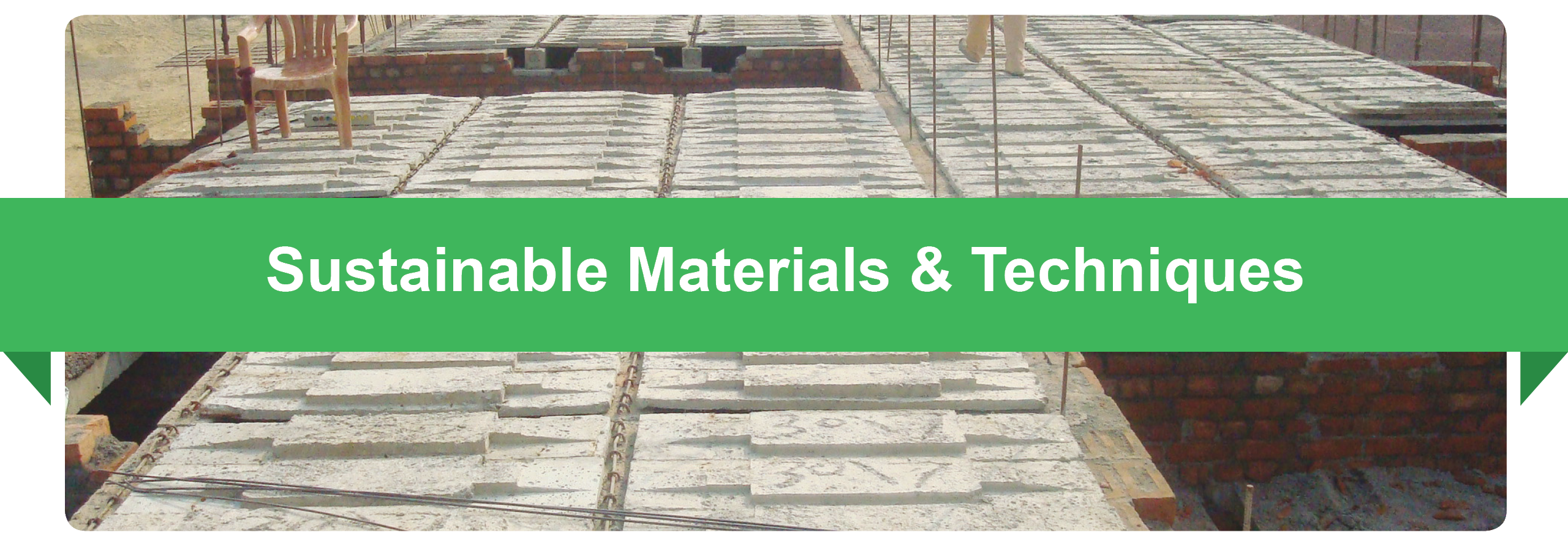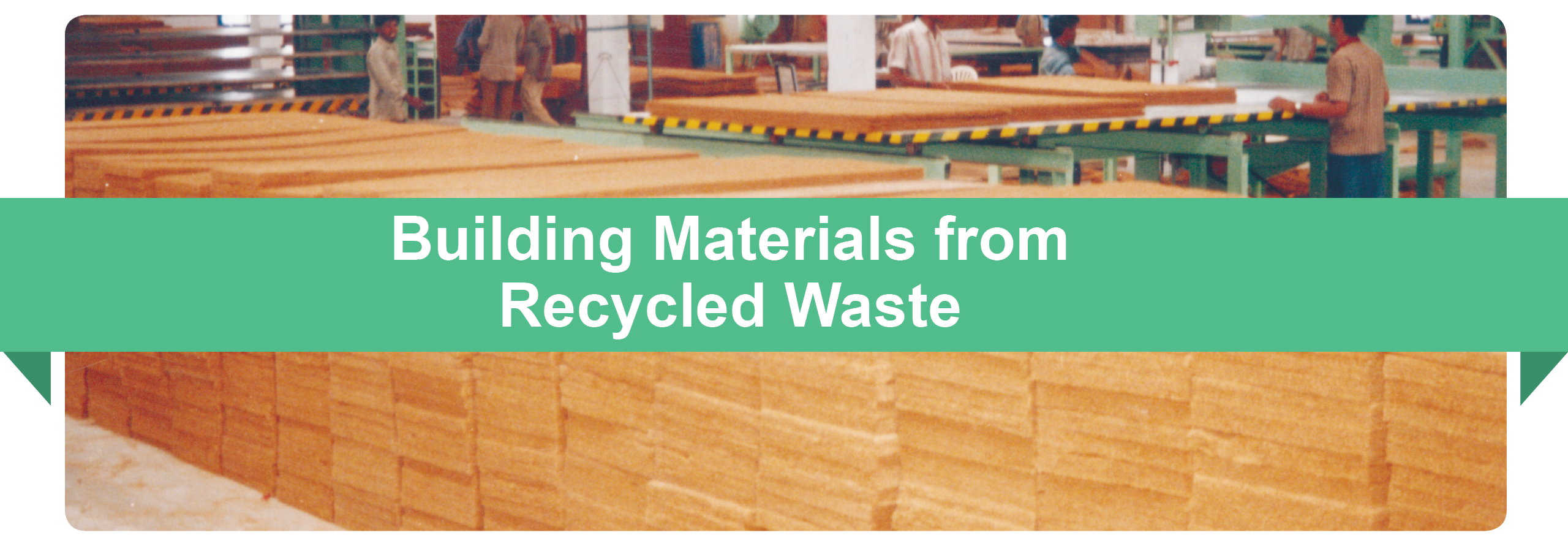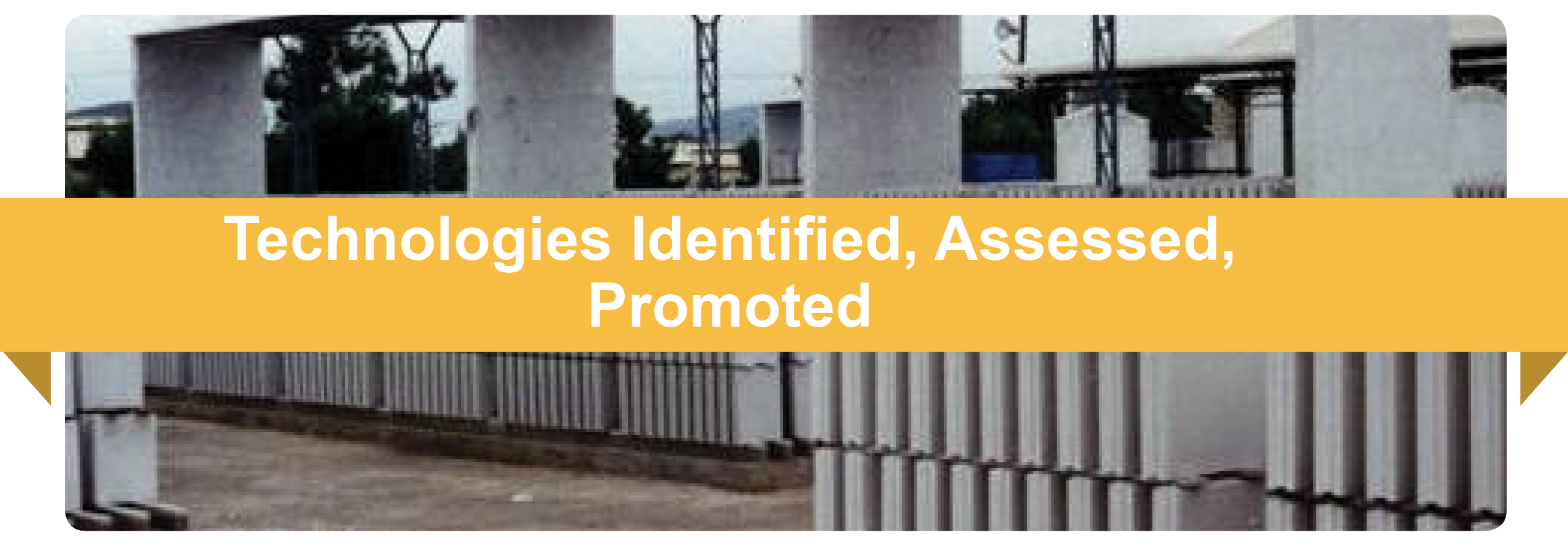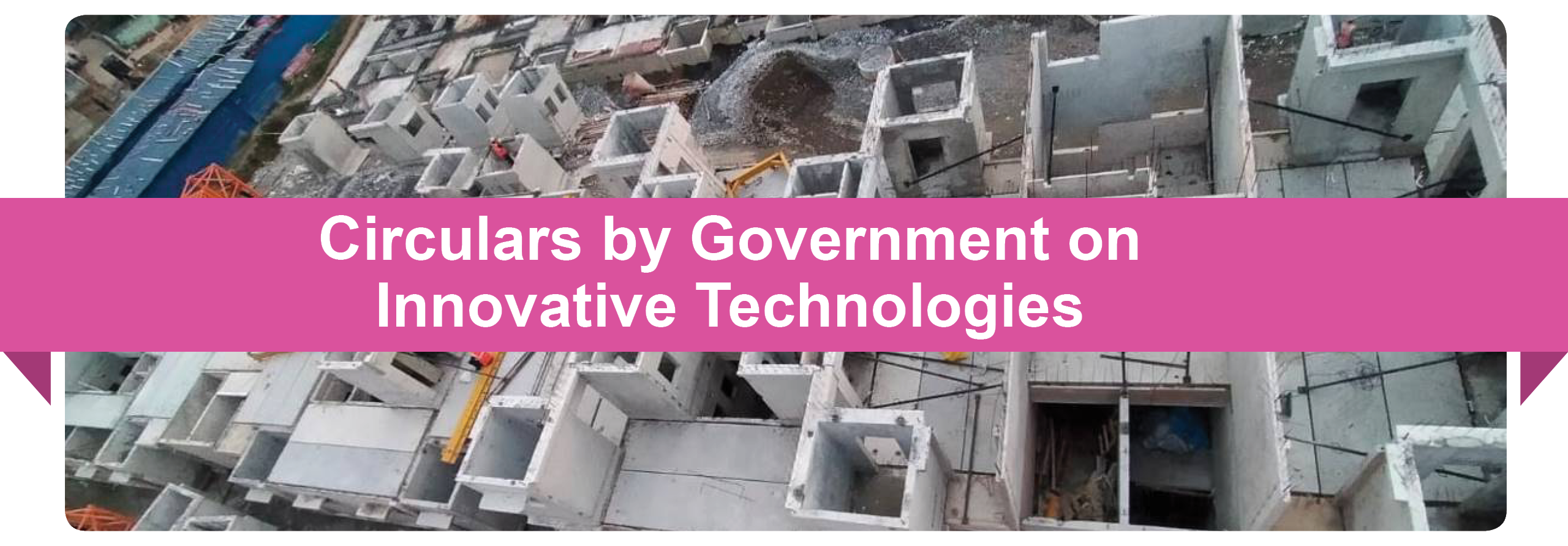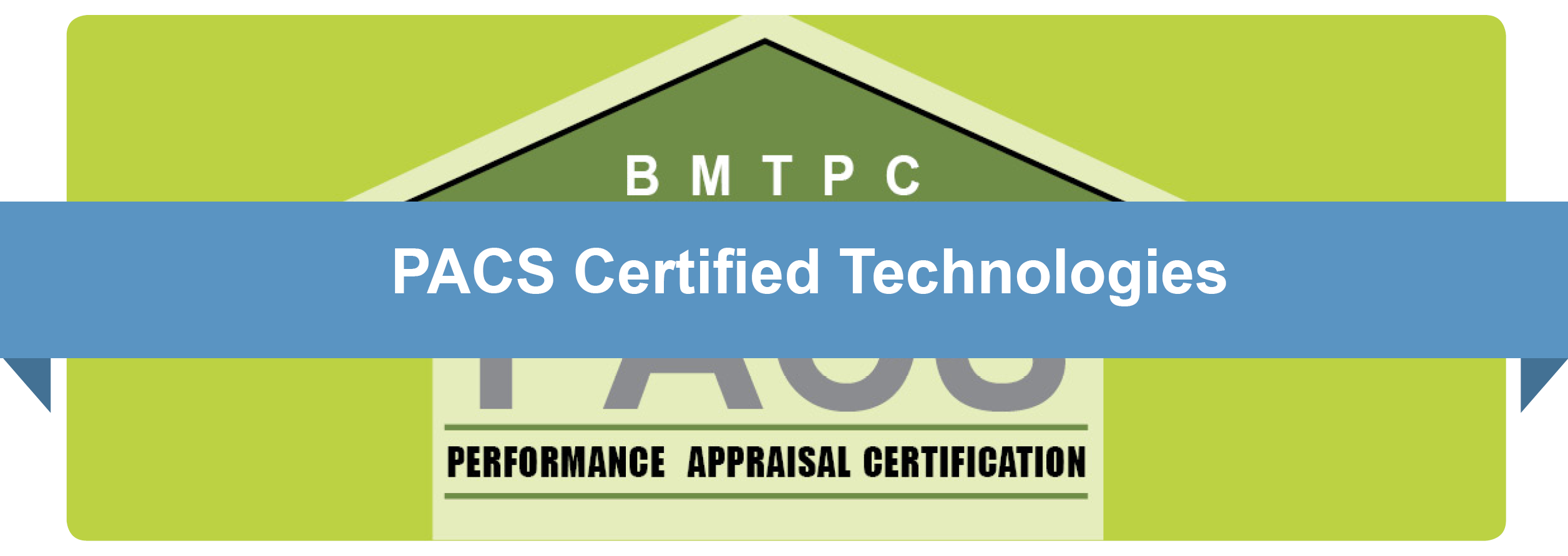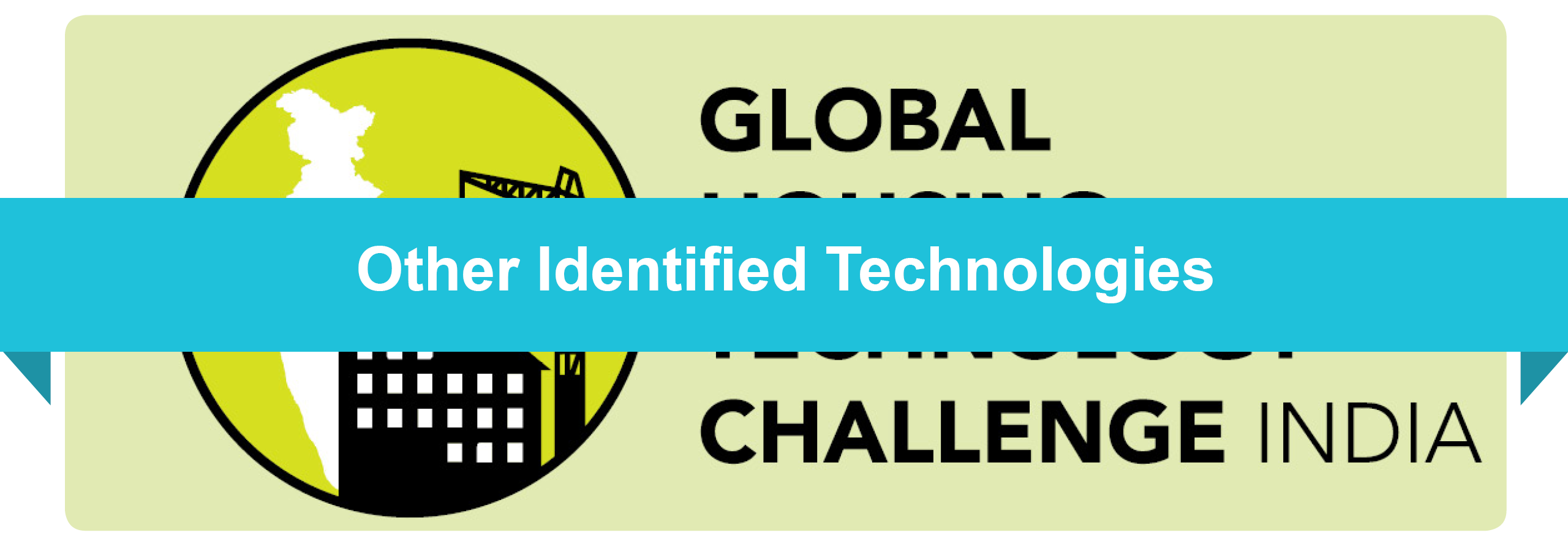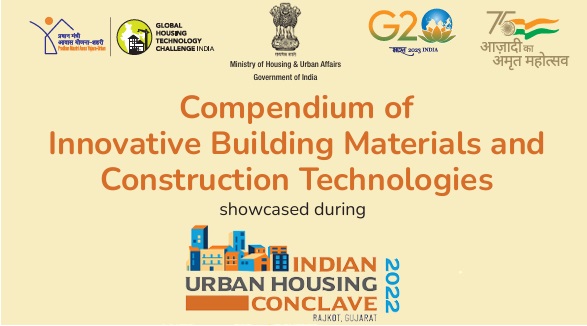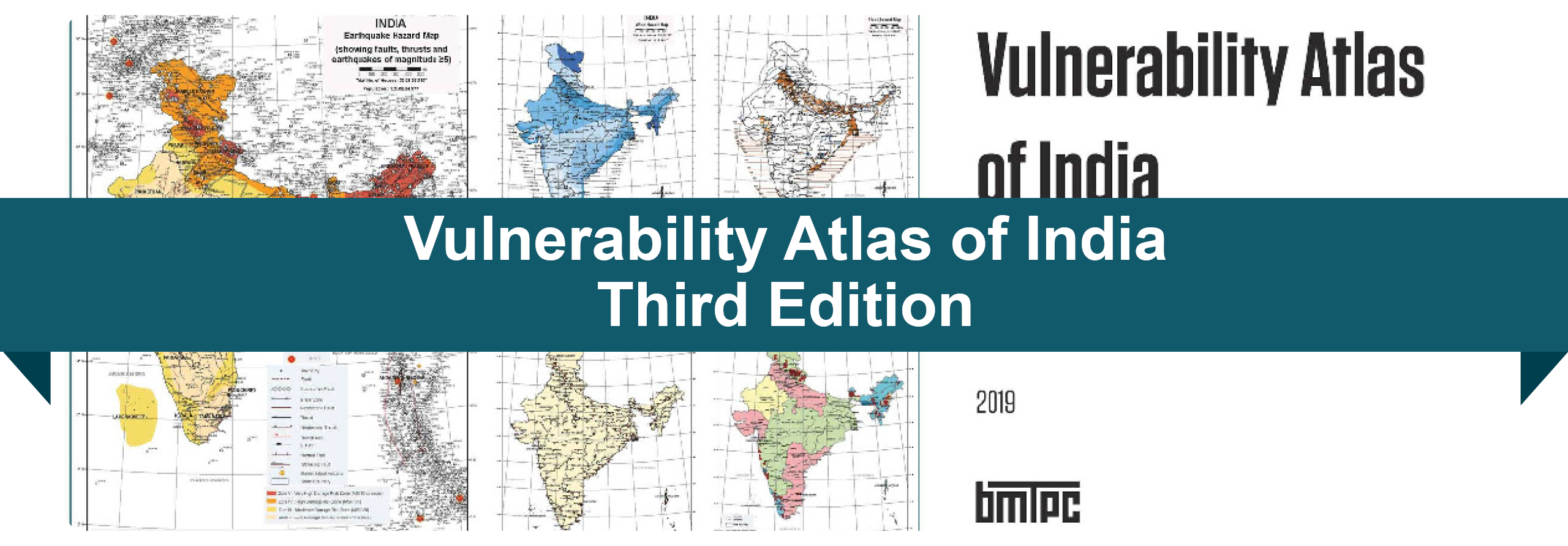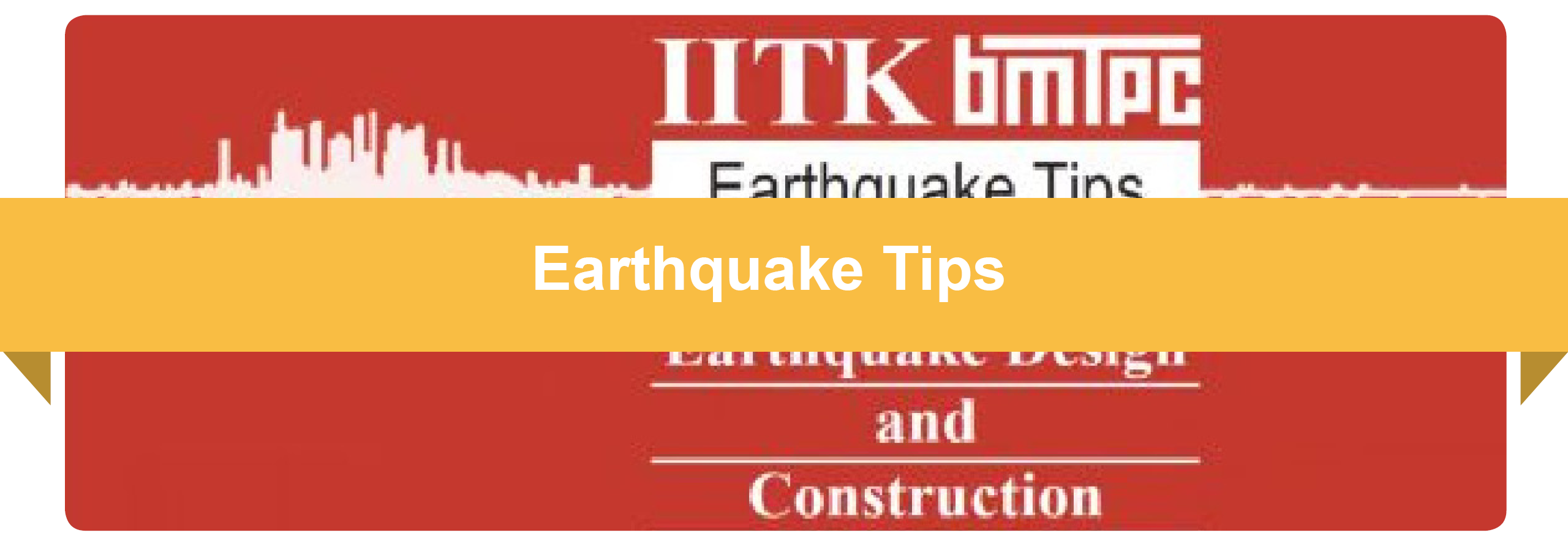About IBMCT
BMTPC, under the Ministry of Housing & Urban Affairs, Government of India, leads the promotion of resource-efficient, climate-responsive, eco-friendly, and energy-efficient building materials and technologies. Since its inception in 1990, BMTPC has transferred and showcased alternate materials and technologies through demonstration projects across the country.
As a technical partner for PMAY-U, BMTPC enables mainstreaming sustainable construction practices nationwide and supports states and agencies with know-how for innovative technology implementation in government schemes.
Read More